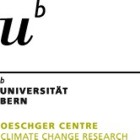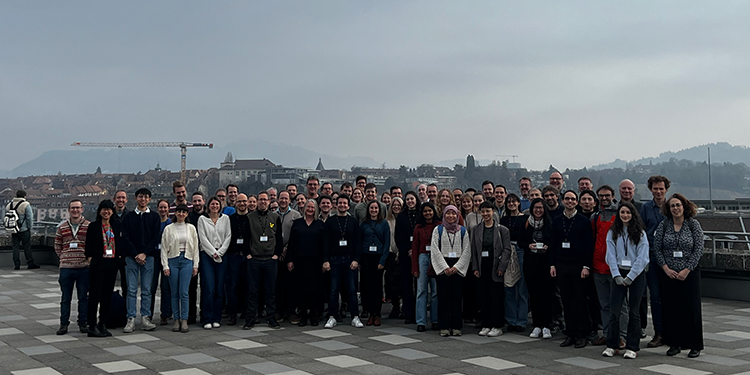Announcement
Extratropical storms are a major source of natural hazards with devastating socio-economic impacts. Yet, processes involved in their generation and intensification as well as the generation of associated disastrous impacts such as flooding are not fully understood. Moreover, rising temperatures and the projected future changes urge the need to assess and understand the behaviour of extratropical storms and associated extreme events. Research question like how extratropical storms do or do not intensify und global warming are key not only for scientists but also for stakeholder from the insurance industry.
In 2011, the European storm workshops aims at bringing together dynamical meteorologists, climatologists, statisticians, stakeholders and risk model developers from insurance and engineering consultant companies. Thereby, these interdisciplinary workshops try to bridge state-of-the-art breakthroughs in sciences to the practical implementation in risk modeling.
Scope of the conference
Over the past 25 years, severe storms hit Europe with substantial economic damage. Lothar and Martin (1999), Kyrill (2007), Xynthia (2010) are the unforgotten names of storms that caused extensive and expensive damage. In recent years, Storm Eunice (known as Storm Zeynep in Germany and Storm Nora in Denmark) in the wind storm season 2021-22 and Storm Ciarán (known in Germany as Storm Emir) in November 2023 were devastating and extremely powerful extratropical cyclones. Moreover, the 2022–23 European windstorm season was so far the deadliest and costliest European windstorm season on record. One event in this season, the medicane Daniel, caused up to 20 billion Euros of damage and 18,000–20,000 (estimated) fatalities.
Therefore, the aim of the workshop is to bring together scientists from dynamical meteorology and climatology as well as stakeholders from the insurance and engineering industries so that they can share recent research ideas.
The workshop is a continuation of a series of European storm workshops which started in 2011. It is a unique opportunity to combine the strong Swiss research in this field with international research activity and the experience of insurance experts and engineering consultants, both strong pillars of the Swiss economy.
The workshop further facilitates the cooperation between science and industry and will help in the design of end-to-end projects, i.e., from scientific understanding to implementation in practice.
Format and sessions
The conference will cover the following topics:
-
Processes and dynamics of extratropical storms
-
Prediction and predicability of extratropical storms on weather to decadal timescales
-
Past variability and future changes in extratropical storms
-
Impacts of extratropical storms
-
Assessing (EU WS) storm-related insurance risks
Conference Homepage
5th Workshop on European Storms


